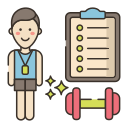Choosing the Right Type of Exercise for Beginners
Welcome! Today’s chosen theme: Choosing the Right Type of Exercise for Beginners. Start confidently with friendly guidance, small wins, and practical steps to help you discover movements you enjoy, stay safe, and build a routine you’ll actually stick with.
Health, mood, or weight? Let your why lead
If you want better sleep, steadier energy, or gentle weight support, that why will guide your training. Cardio can lift mood quickly, while strength training supports metabolism and posture. Share your why with us, and ask a friend to join you.
A gentle self-assessment to start safely
Notice how you feel during a brisk walk: breathing, posture, and comfort. Can you hold a conversation? That’s a great starting point. Jot down a baseline: step count, minutes moved, and how your body responds the next day.
When to consult a professional
If you have a health condition, past injuries, or concerns about pain, a quick chat with a healthcare provider or qualified coach helps. Bring your goals and questions so they can tailor advice to your situation and confidence level.
Cardio: steady steps to stamina
Walking, cycling, swimming, or dancing can boost heart health and mood. Use the talk test: you should speak in sentences, not sing. Aim gradually toward 150 minutes weekly, spread out, and celebrate every brisk minute you add.
Strength: foundations before fireworks
Bodyweight movements like squats, wall push-ups, and hip hinges build resilient muscles and joints. Start with two sessions per week, focusing on form and slow control. Resistance bands offer gentle progression without intimidating equipment or complicated setups.
Mobility and flexibility: the quiet helpers
Gentle mobility flows protect joints and improve comfort in daily tasks. Try shoulder circles, ankle rolls, and cat-cow breathing. Five to ten minutes before or after sessions can reduce stiffness and make your chosen exercises feel smoother and safer.
The talk test and the 10% rule
Keep cardio moderate by ensuring you can talk while moving. Increase total time or distance by no more than about ten percent weekly. This gentle growth reduces injury risk and keeps your motivation steady rather than swinging wildly.
Beginner technique cues that matter
For squats, imagine sitting back into a chair; keep knees tracking over toes and chest proud. For push-ups, align wrists under shoulders and brace gently. Record a quick video and ask our community for friendly feedback in the comments.
Design Your First Four-Week Plan
Try three 20-minute sessions weekly: two brisk walks and one light strength circuit. Add a five-minute mobility warm-up. Track mood before and after. Comment below with your schedule, and we’ll cheer you on throughout these early wins.
Design Your First Four-Week Plan
Add one set to your strength moves or extend a walk by five minutes. Focus on one cue—smooth breathing, balanced steps, or controlled descent in squats. Subscribe for our beginner video cues to refine technique without overwhelm.
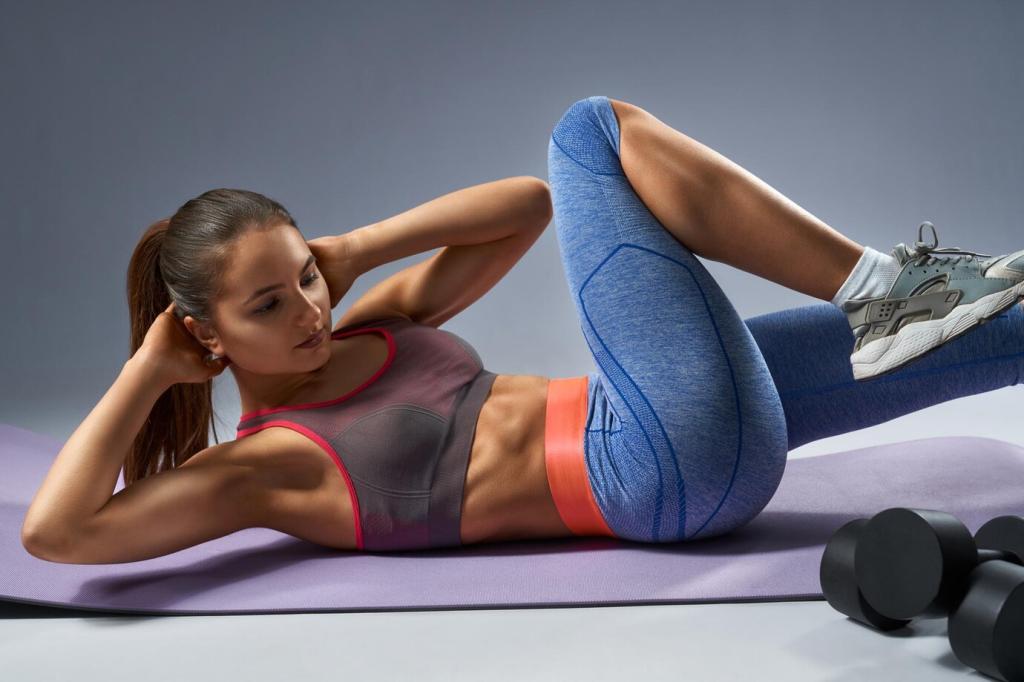
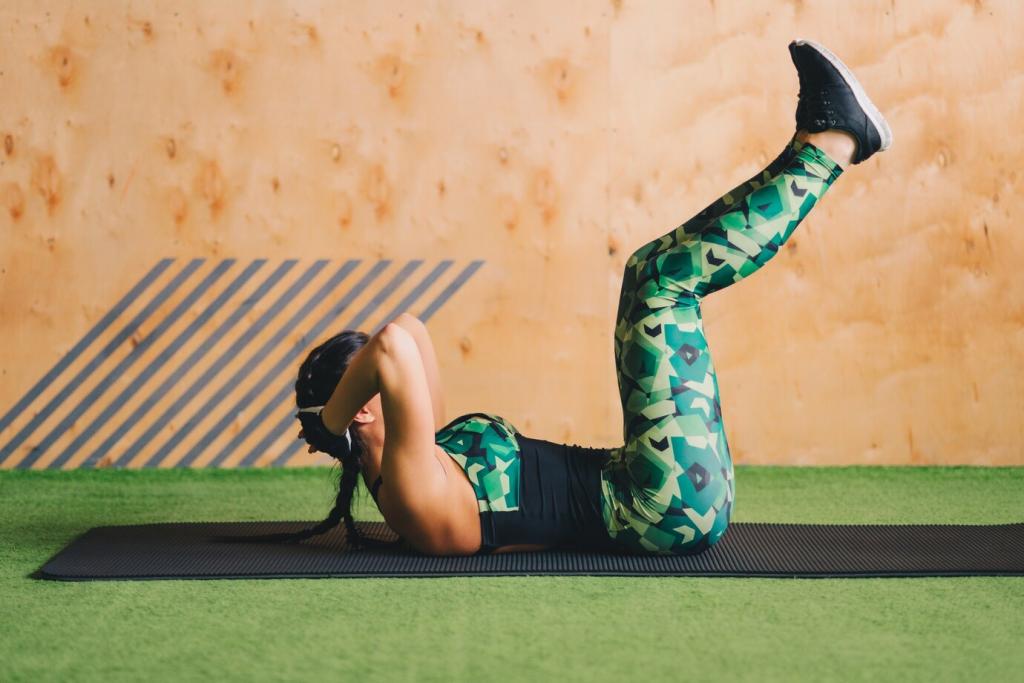
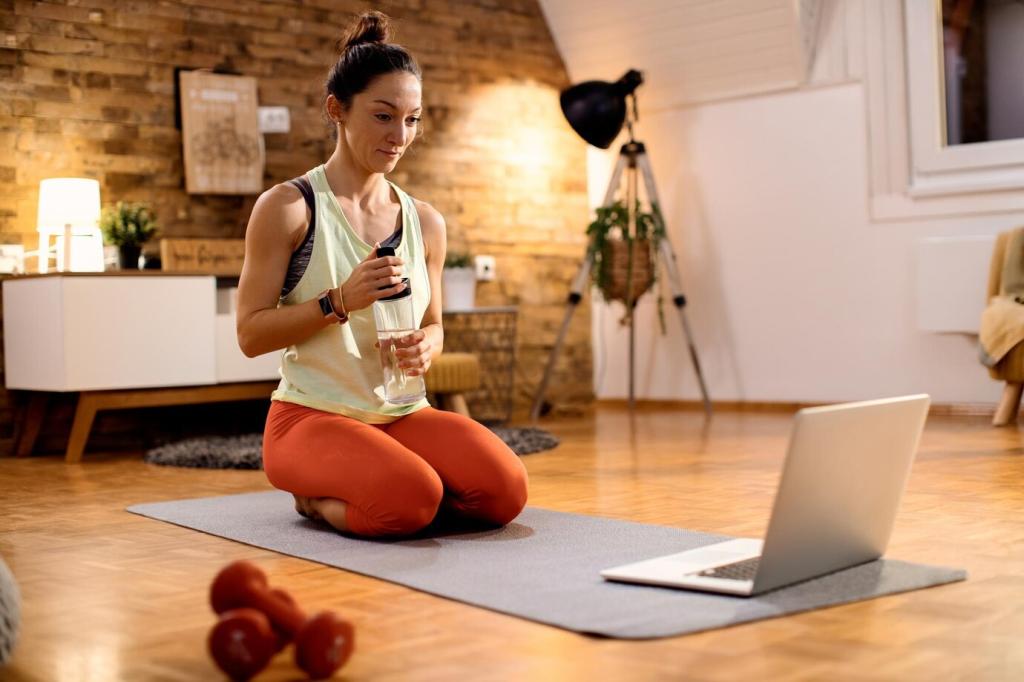
Follow your fun: music, scenery, company
Pick a playlist, a scenic route, or a supportive buddy. If you love podcasts, let episodes define walk duration. If you prefer quiet, try sunrise strolls. Tell us what lights you up, and we’ll suggest matching exercise ideas.
Gentle tracking, not pressure
Use a simple log: session type, minutes, and how you felt. Star your best-feeling workouts. Over time, patterns reveal which exercises suit you. Post your top three favorites, and we’ll send beginner tweaks to enhance them.
A beginner’s story you can borrow
Maya started with three ten-minute walks weekly. She paired them with her favorite audiobook and one mini strength session at home. Four weeks later, her energy rose, and she looked forward to moving. What small start could be yours?
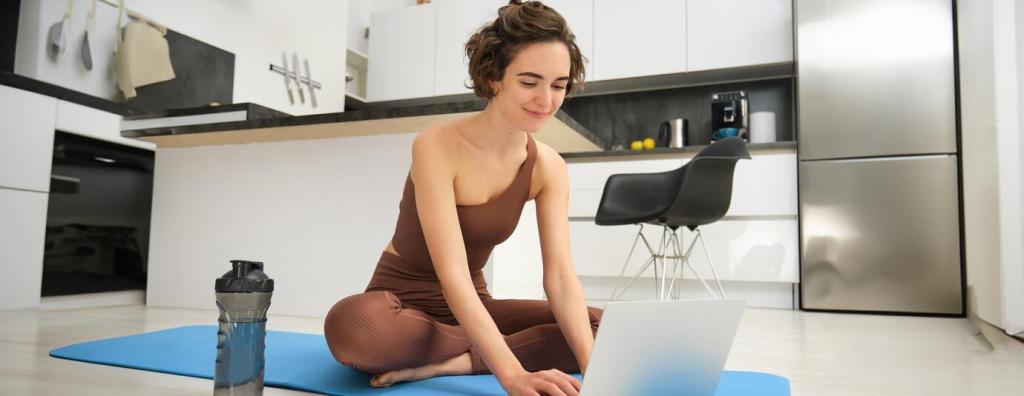
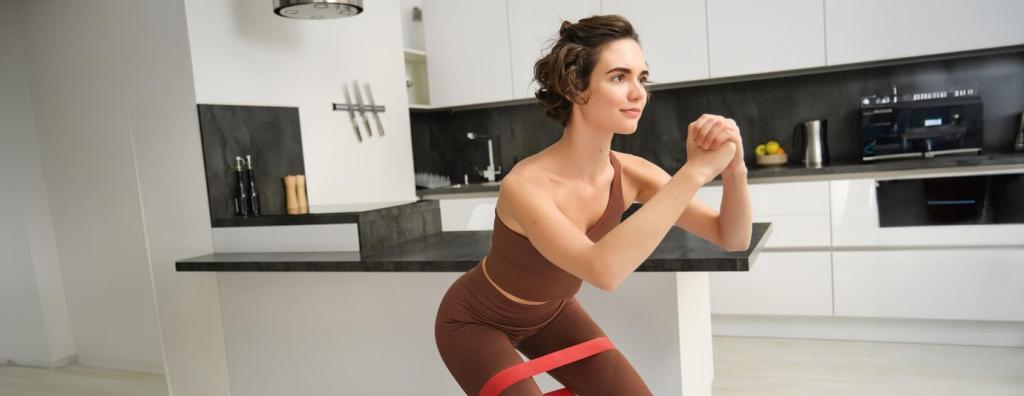
Minimal Gear, Maximum Return
Choose supportive shoes for walking or light jogging, and start on forgiving surfaces like tracks or parks. If indoors, vary your route to keep it interesting. Share your favorite paths, and discover new beginner-friendly spots from others.
Minimal Gear, Maximum Return
A resistance band, a yoga mat, and a sturdy chair cover most beginner needs. Bodyweight is enough to start. Add a light pair of dumbbells later if you enjoy strength sessions. Subscribe for our no-equipment workout library.

This is the heading
Lorem ipsum dolor sit amet, consectetur adipiscing elit. Ut elit tellus, luctus nec ullamcorper mattis, pulvinar dapibus leo.

This is the heading
Lorem ipsum dolor sit amet, consectetur adipiscing elit. Ut elit tellus, luctus nec ullamcorper mattis, pulvinar dapibus leo.
